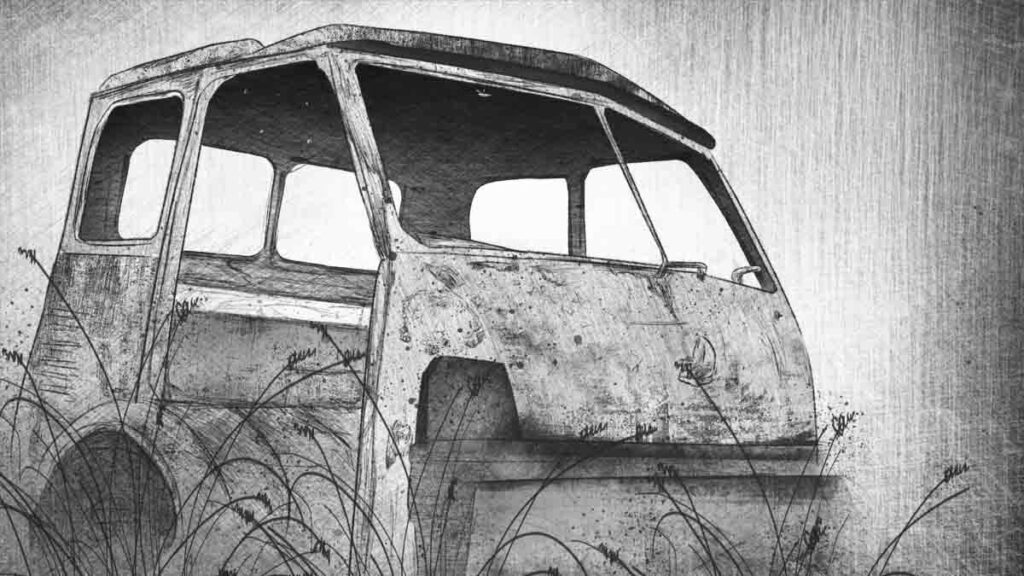
In April, the whole world annually celebrates the next tragic anniversary of the Chernobyl accident. Chernobyl victims involved in the aftermath of the Chernobyl accident are getting smaller every year, statistics say.
It is good if one of them, feeling the need and rooting for the truth, finds strength in himself and, continuing the work of his comrades, saves the world. It’s not just about the literal meaning of this concept — it will forever remain primary.
But just telling the truth today about what really happened at the Chernobyl nuclear power plant during the liquidation of the consequences of the accident is also a kind of mission that saves, warns, teaches, and sometimes heals, for example, the souls of those who no longer can’t say something.
Those who took part in the evacuation and liquidation of the consequences of the accident are finding it increasingly difficult to persuade them to talk on a frankly painful topic: “everything hurts inside…”, as many liquidators themselves diagnose their desire to leave in the past what has taken away their health, friends and many relatives.
A retired police colonel Valery Sharuy is among those who find the strength to tell the truth about those events. Valery Semenovich is a native of Abkhazia, was born and finished school in Sukhumi. He jokes that he knows Abkhazian and Georgian languages better than Ukrainian, despite the fact that he has lived in Ukraine for most of his life.
Back in 1981, he worked at the Komsomol work, after which he went to the police. Two years, after graduating from the Saratov Polytechnic Institute, he served as a lieutenant in the missile forces near Zhitomir.
Subsequently, Valery Sharuy served in the Office of Water Transport of Ukraine. The police units, which ensured public order in the river ports and airports of Ukraine, were subordinated to this department. On December 1, 1986, he was appointed to the post of deputy chief of police at the Chernobyl regional department. He was mainly engaged in personnel: distributed employees in the territories, helped to adapt in a new place.
The main thing is to urgently pack your suitcase
Valery Sharuy recalls: “On April 26, 1986, my wife and I had the twelfth wedding anniversary. At night, a phone call about the alarm came from the call center. The main thing was to urgently pack your suitcase and arrive at the Office of Internal Affairs of Ukraine in such circumstances. All employees arrived on alarm, everyone was assigned to teams, everyone was given a clear assignment, and everyone knew who and WHAT he should do.”
36-year-old police major Sharuy, as part of a task force, ended up in the Chernobyl river port. There, police officers were engaged in ensuring public order, evacuating people through waterways, as well as the safety of property located in the port.
“There was no panic among the people then. The evacuation of the population was well organized and people, in any case, city dwellers, left relatively calmly. Firstly, they were sure that they would return home soon, and secondly, most of them left Pripyat and the nearby villages not by river port, but by buses.
But frankly speaking, people did not panic due to the fact that they were not fully aware of the scale of the accident and did not know the whole truth about what happened,” Valery Sharuy said.
“… Everyone thought that they would return in time, but it did not happen. While people were waiting for the bus on the street, their children walked nearby, ran barefoot on the grass, and cars with decontamination solution drove around — washed the streets. Then, no one understood what was happening. Only people with a physical and chemical education understood what happened. Many were sure that even if an airplane fell on top of the reactor, nothing would happen. They believed that everything was 200 percent reliable there.”
Some went to live with friends and relatives after the evacuation. Some of them came to wait for a few days with friends, and they were physicists, so they opened their eyes to what really happened at the Chernobyl nuclear power plant. They took off all their clothes and threw it away, saying that everything is no turning back.”
Valery Semenovich spoke very little about himself. In the Chernobyl region, he served for exactly a year as deputy chief of the Chernobyl RVAS, worked closely with the leadership of the nuclear power plant. After the evacuation, there were still about 300-400 elderly people in the villages who did not want to leave their native land. He oversaw these old men until the last day of service in the Chernobyl zone.
In July 1987, Valery Sharuy was transferred to another duty station for health reasons. He was treated in a hospital after Chernobyl, then he received a disability associated with a health disorder. He retired in 1994 with the rank of police colonel.
To this day, he liaises with employees and friends who served in Chernobyl, they communicate, meet. During the meeting, Valery Sharuy showed his own album with photographs and clippings of newspaper articles about the accident, noticed that some photos were taken with his own hands, some by journalists.
Nowadays, when you meet with an eyewitness to the Chernobyl tragedy, you want to ask about a lot of details, but still you force yourself not to lose tact and delicacy in relation to the interlocutor. After all, the Chernobyl tragedy left an indelible mark on the souls and hearts of witnesses to the incident. Therefore, if you are lucky enough to talk with such a person, just shake his hand and say “thank you”.